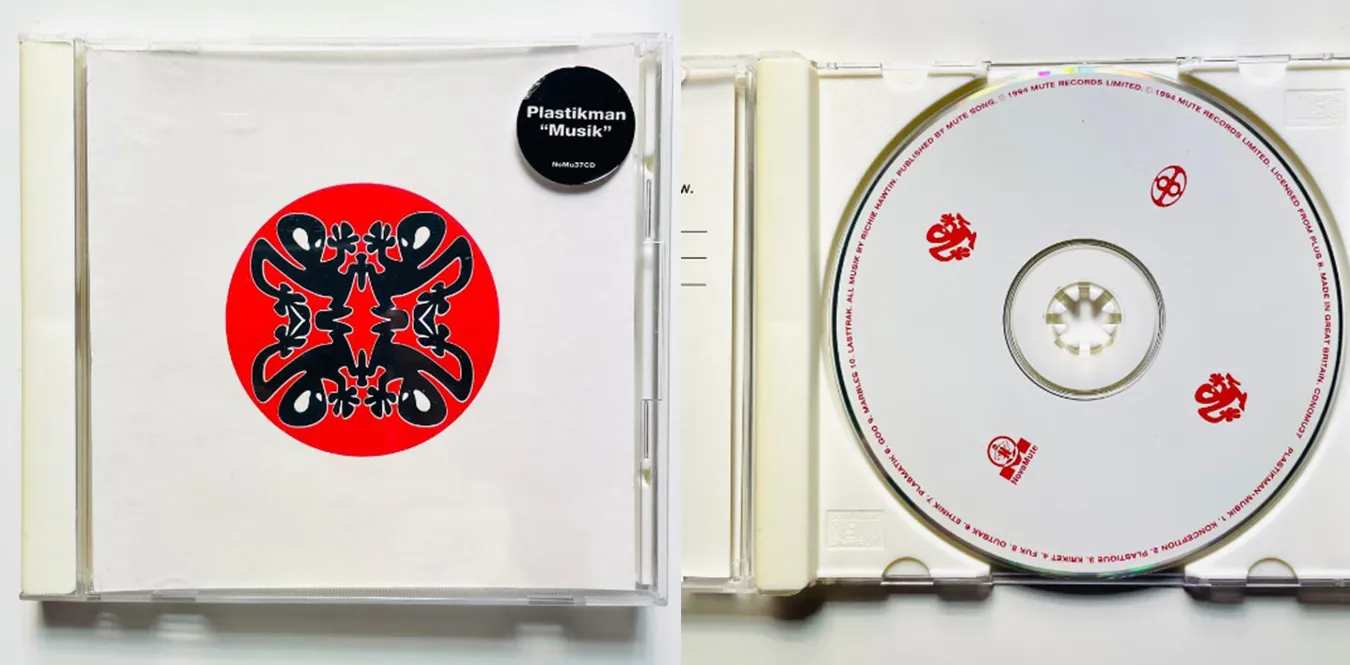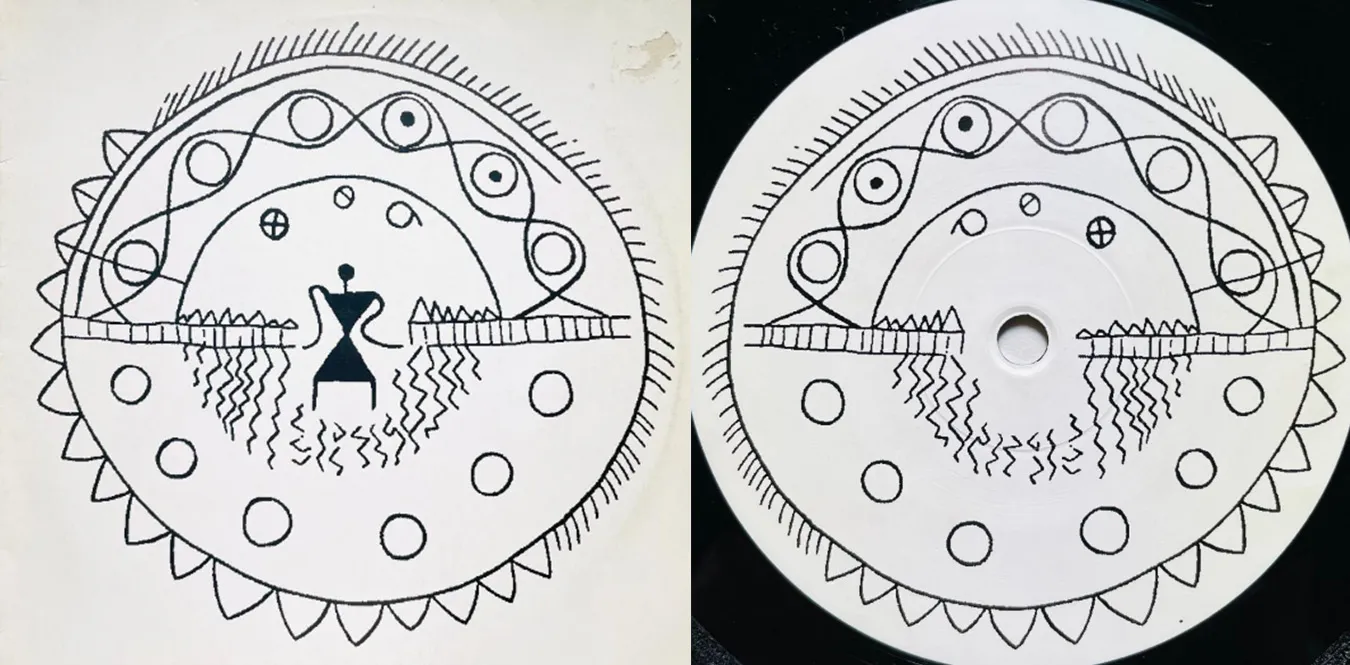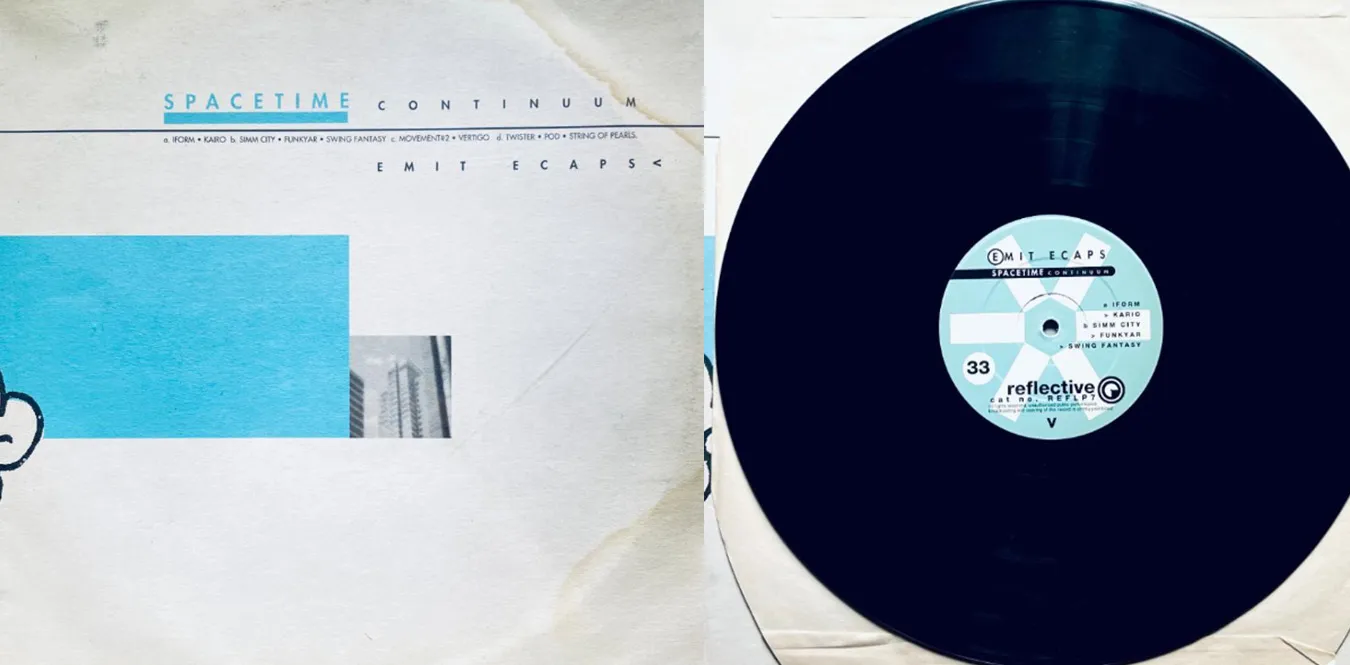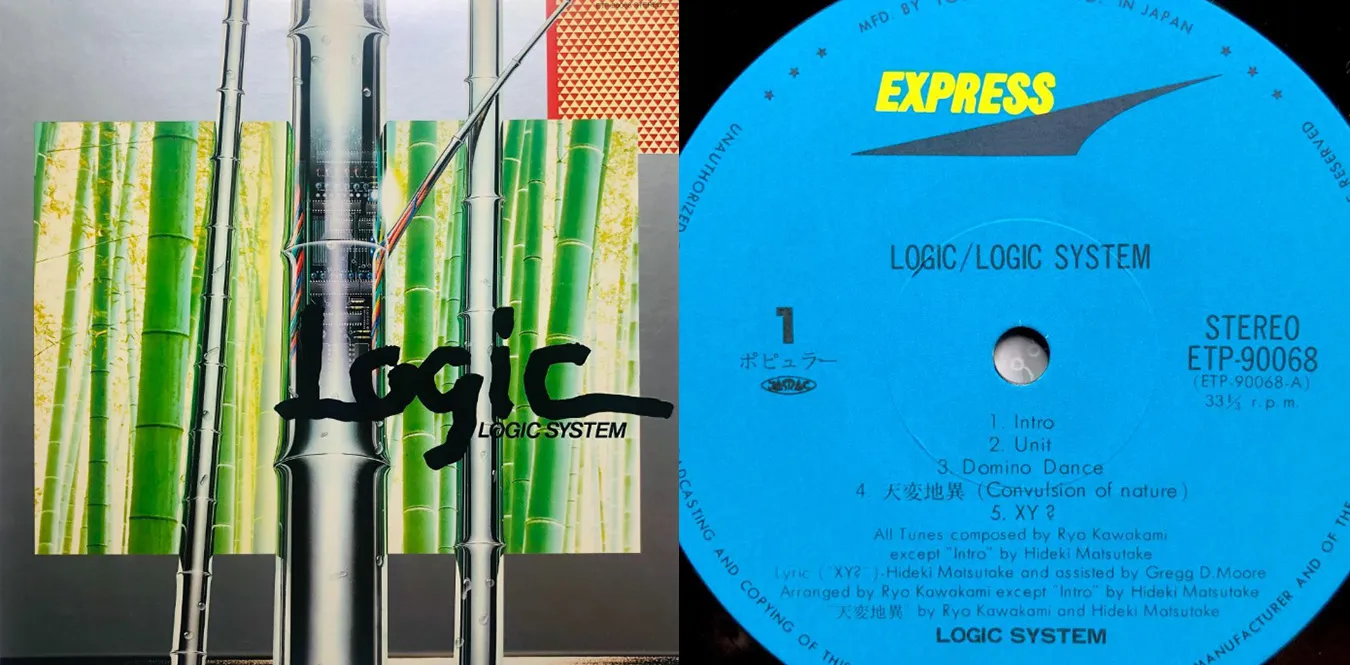[Column] Haruomi Hosono - Traveler of sound, quiet innovation that transcends the times
Column en Ambient Synth-Pop Techno![[Column] Haruomi Hosono - Traveler of sound, quiet innovation that transcends the times](/../assets/images/column-haruomi-hosono.webp)
Quiet Revolutionary - Haruomi Hosono
Text: mmr|Theme: From Happy End to YMO to Ambient—Tracing the “soundscapes” and cultural backgrounds drawn by Haruomi Hosono through the ages
Haruomi Hosono is a musician who has continued to transform Japanese pop music for half a century. From the late 1960s to the present, his music has carved out a unique horizon by ““shifting the era” rather than ““defining the era.” Diverse cultures, humor, nostalgia, technology—all of these are blended into Hosono’s sound.
Prologue: April Fool’s Day - Prehistoric Activities (1969)
Masterpiece: “April Fool” (1970, solo project)
A fusion of folk, psychedelic, and Beatles-style pop, expressing an urban sensibility with lyrics in Japanese and English. This work is mainly composed, arranged, and performed by Hosono, and serves as a bridge to Happy End.
Historical background
Before the formation of Happy End, 1969–1970. A period of exploration of urban pop.
Production environment
Analog recording at home or in a small studio. Uses organ, guitar, and simple microphone.
Anecdote
A friend added sound effects and laughter to the tape recordings, and his sense of humor quickly developed.
Chapter 1: Happy End - Dawn of Japanese Rock (1969–1972)
Representative work: “Kazamachi Roman” (1971)
A monumental work that depicts the poetic atmosphere of the city of Tokyo in the context of rock for the first time. During this period, Hosono played an important role in composing music while also playing bass. Songs such as ““It’s Summer” and ““Gather the Wind” have an urban yet nostalgic sound.
Historical background
In the midst of high economic growth after the war. With the rise of folk and GS, the search for a new expression called “Japanese rock” began. Happy End was the first band to explore ““Japanese rhythms that were not imitations of English.’’
Production environment
Recordings at that time were made at a studio that was the predecessor of Yotsuya Onkyo House. Warm sound from analog tape recording and vintage equipment. Although influenced by American bands such as The Band and Buffalo Springfield, they put literary Japanese lyrics to the fore.
Anecdote
Hosono, who was frustrated by the number of equipment problems during recording, reportedly said, ““I want a place where I can record the sound a little better.’’ After that, it became the foundation for him to pursue his own sonic ideals.
Chapter 2: Caramel Mama - Dawn of Japanese Rock (1973)
Masterpiece
- “Caramel Mama” (1975)
They fuse elements of folk, psychedelic rock, and show a musicality that is directly connected to the later Happy End. Hosono participated on bass and keyboard, demonstrating his improvisational and arranging skills.
Historical background
It was a transitional period when folk and psychedelic music began to attract attention in Japan, and an urban rock culture was formed.
Production environment
Home recording at a studio on campus or at a friend’s house. I tried to fuse acoustic and electric.
Anecdote
There was a free atmosphere during the live performance, with audience members getting on stage and participating in improvisational performances. This experience led to his later work on the Tropical Trilogy and YMO’s sense of humor.
Chapter 3: Tin Pan Alley - Dawn of Japanese Rock (1974)
Masterpiece
- “Tin Pan Alley” (1977)
Blues, R&B, and Beatles-style pop are digested in Japanese, with a focus on music played at school festivals and live music venues in Tokyo. Hosono was in charge of bass and composition, demonstrating an early urban sensibility.
Historical background
The nascent period of urban pop-rock in Japan, influenced by the Beatles and the Rolling Stones.
Production environment
Recording at on-campus studios and small live music venues. He also made simple recordings at home, which became the forerunner of the later home recording culture.
Anecdote
There was a lot of trial and error in creating songs among the members, and there was also a lot of experimentation with improvisation and rhythm changes.
Chapter 4: Tropical Trilogy - Exploring Exoticism (1973–1978)
Representative works:
- “Tropical Dandy” (1975)
- “Taian Yoko” (1976)
- “Haraiso” (1978)
Asia, South Seas, Latin, Hawaii, and Japan. During this period, Hosono did not try to imitate ““foreign countries,’’ but rather expressed the exoticism that Japanese people dreamed of. It is characterized by a structure that resembles a fictional travelogue and a witty arrangement.
Historical background
Japan after the oil shock. My yearning for overseas travel and exotic cultures grows. In television and movies, the idea that ““tropical countries = healing” spread, and in music, ““imaginary resorts” became a theme.
Production environment
Recorded at home/studio “HOSONO HOUSE” (Saitama, Sayama). They converted the living room of a wooden house into a studio and recorded using analog tape and a simple mixer. This home recording style became the origin of later city pop and home recording culture.
Anecdote
During the recording of “HOSONO HOUSE”, the power breaker tripped many times. Hosono is said to have laughed and continued recording, saying, ““The sound of electricity falling is part of the music.’’ This relaxed atmosphere is reflected in the warm, organic sound.
Chapter 5: Technopop Revolution - YMO and the Future of Electronics (1978–1983)
Representative works:
- Yellow Magic Orchestra “Solid State Survivor” (1979)
- “BGM” (1981)
- “Technodelic” (1981)
YMO (Yellow Magic Orchestra) is a revolutionary unit that spread the word techno pop around the world. As a leader, Hosono used rhythm machines and sequencers to fuse Asian humor and futuristic sounds.
Historical background
In the early 1980s, Japan reached the peak of its technological and economic growth. A time when the development of computers, video games, and electronic musical instruments were fused with music. YMO’s sound was a symbol of Japan as an electronic nation.
Production environment
Recording bases are “Alpha Studio” and “Shibaura Studio”. He used state-of-the-art equipment at the time, including the Roland MC-8, Prophet-5, and Fairlight CMI. A workflow that was ahead of its time, in which each member’s home studio is networked for production.
Anecdote
During YMO’s early live performances, the songs often stopped midway due to computer malfunctions. The audience laughed, and so did the members. Hosono is said to have said, ““Machines are just like humans, and it’s interesting that they make mistakes.’’
Chapter 6: Pop in Silence - Ambient and Solo Work (1984–1990)
Representative works:
- “Philharmony” (1982)
- “Omni Sight Seeing” (1989)
“Philharmony” is a masterpiece recorded at home, making full use of sampling and synthesizers. On the other hand, ““Omni Sight Seeing” combines elements of ethnic music and environmental sounds, depicting the culmination of a ““sonic journey”.
Historical background
Japan during the bubble economy. In the midst of a culture of excessive consumption, Hosono’s music, on the contrary, is oriented toward ““silence” and ““space.” Around the world, Brian Eno, Jon Hassell, and others were advocating ambient music, and Hosono was in line with that trend.
Production environment
Home studio in Nishiazabu, Tokyo. Focusing on digital equipment from Roland and Yamaha, An experimental process that interweaves “tape fragments” and “environmental sounds.” The living room was used as a recording booth, and even the echoes from the furniture became part of the sound.
Anecdote
It is said that in the recording of ““Philharmony,” he used the sound of a cat’s cry, which he happened to hear, as the ““sound material.” Hosono jokingly said, ““Music is about living with chance.’’
Chapter 7: Landscape Music - Soundtracks and Ambient Sounds (1990–2000)
Representative works:
- “Night on the Galactic Railway” (1985)
- “Minima Moralia” (1986)
- “N.D.E.” (1995)
It was a time when he worked on music for a wide variety of media, including animation, movies, and commercials. ““Night on the Galactic Railway”’ shines with delicate compositions that seem to translate Kenji Miyazawa”s fantasy literature into sound.
Historical background
After the bursting of the bubble economy, Japan’s values have been shaken. The keywords “healing,” “environment,” and “nostalgia” began to appear at the center of culture. Hosono’s music is quiet and full of deep reverberations, as if anticipating that atmosphere.
Production environment
He simplified the equipment he built during his time at YMO and created a minimalist production environment at home. Experimented with DAT recording and early digital mixing. I’m more of a “sound artist” than a musician.
Anecdote
During the production of ““Night on the Galaxy Express’’, environmental sounds were recorded next to the railroad tracks at night in order to reproduce the acoustics. That sound remains faintly in the final track.
Chapter 8: Country and Folk Songs - Sounds of Land and Memory (2000–2015)
Representative works:
- “HoSoNoVa” (2011)
- “Heavenly Music” (2013)
Reconstructing postwar Japanese radio culture and early Showa era swing. They delivered the sound of a “nostalgic future” to the ears of the digital generation.
Historical background
After the earthquake and economic stagnation, Japanese society began to seek a “local” and “return to the spirit.” Hosono embodies this trend through his sounds, saying, ““Nostalgia illuminates the future.’’
Production environment
“Daisyworld Studio” is a private studio in Nakameguro. Uses vintage microphone, tape echo, and upright piano. During the recording, he turned off the air conditioner and focused on “breathing the sound.”
Anecdote
When the engineer stopped mixing during the recording of “HoSoNoVa”, Hosono reportedly said, ““I like how the sound is resting.’’ You can get a glimpse of his unusual attention to the “space” of sound.
Chapter 9: “Hosono-ism” in the digital age – From Quiet Logic to the present day (2015–)
Representative works:
- “Quiet Logic” (2024)
- “Vu Jà Dé” (2018)
In the age of AI and streaming, Hosono once again raises the theme of “tranquility.” His works, which dissolve the boundaries between electronic and natural sounds, have a strong influence on younger generations of artists.
Historical background
Loneliness and the acceleration of digitalization since the pandemic. Hosono’s sound is being reevaluated as an act that restores ““listening,” ““tranquility,” and ““humanity.’’
Production environment
Almost the entire film was recorded at home. Flexibly use DAW and hardware equipment, A modern workflow that allows data sharing with overseas musicians via online.
Anecdote
When recording, he often records without adding a “click” sound. ““Fluctuations in tempo are proof that humans are breathing,’’ he is quoted as saying.
Final Chapter: Humor and loneliness in the margins of sound
Haruomi Hosono’s music is always full of “pause” and “lightness.” It”s a sense of distance, as if you”re at the center of culture, yet looking at it from somewhere far away. In an era where the form of music continues to change, he still believes in the “stillness of sound.”
References/Links
- Haruomi Hosono Official Site
- YMO Official
- Book: “HOSONO 100 Views”
- Interview collection: [“Haruomi Hosono and his era” (Bungei Shunju)] (https://amzn.to/4pUbLbv)
- Video: [“NO SMOKING” (2019, directed by Taketoshi Sado)] (https://amzn.to/4gShjPA)

![[Column] The birth of DUB music and the expanded universe - a revolution that began with the reconstruction of acoustics](/../assets/images/column-dub-universe.webp)
![[Column] DEVO and Energy Dome ─ Utopia and degeneration theory in the technological age](/../assets/images/column-devo-energy-dome.webp)
![[Column] Recondite and forest bathing - When techno returns to the forest](/../assets/images/column-recondite-forest.webp)

![[Column] Susumu Yokota — A universe in silence: A landscape of the soul drawn by electronic sounds](/../assets/images/column-susumu-yokota.webp)
![[Column] Wrong Way Up and](/../assets/images/column-wrong-way-up-beach.webp)
![[Column] Autechre: Beyond structure — Acoustic architecture after techno](/../assets/images/column-autechre.webp)
![[Column] Changes in the Eurorack modular synthesizer and its influence on the music scene](/../assets/images/column-eurorack-module.webp)



